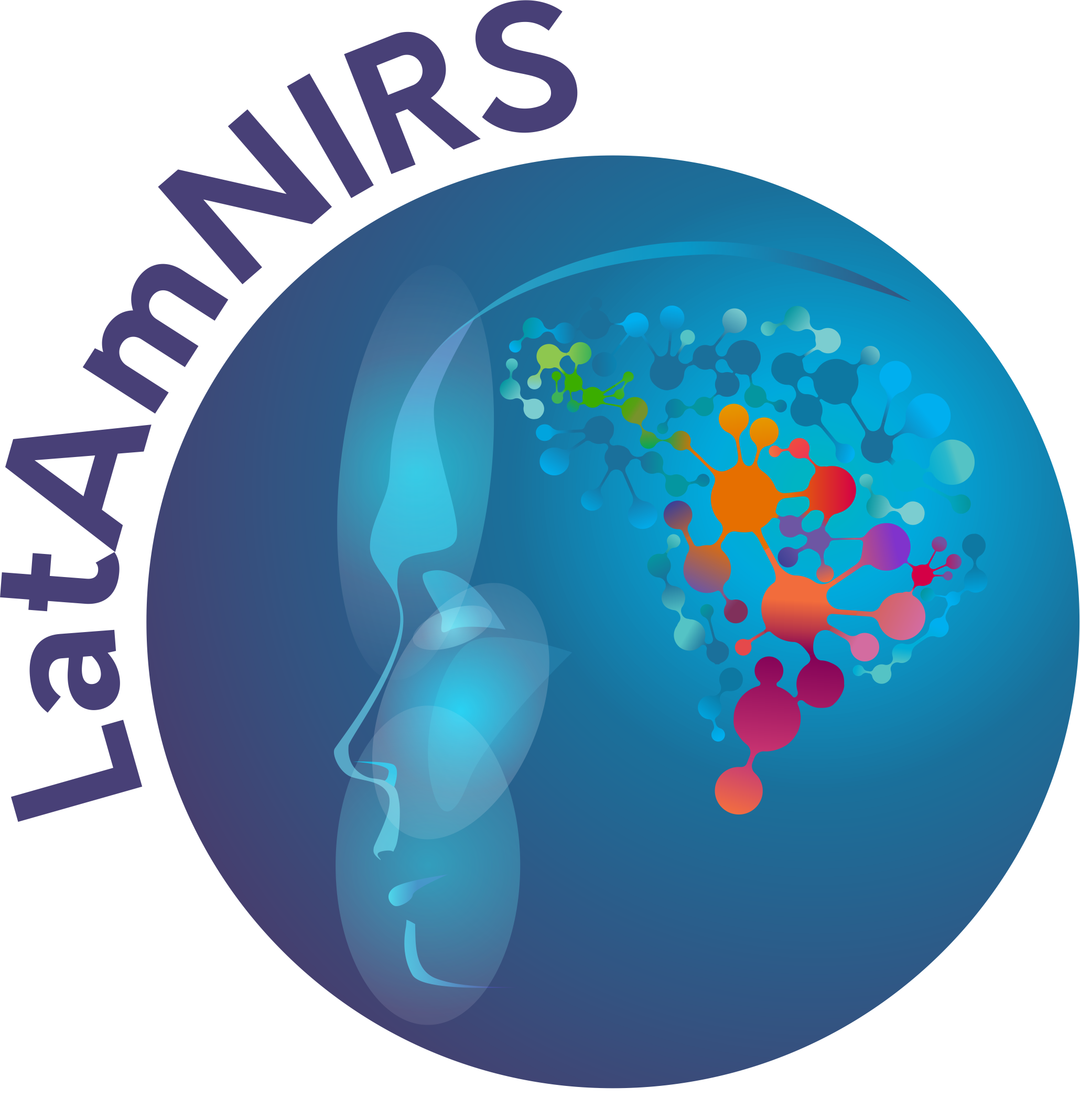Hemodynamic response
Definition: Hemodynamic response is a change in blood flow in response to an increase in local metabolic demands due to an increase in neuronal activity. In the measured fNIRS signal, this is reflected as a change in oxy- and deoxy-hemoglobin concentrations. Typically the blood flow response overcompensates the demand leading to a focal hyperoxygenation in the activated area. The peak of the hemodynamic response is detectable by NIRS at about 6 seconds (4-8 s) after the onset of the event. Hemodynamic response is typically characterized by a large increase in Oxy-Hb and a smaller decrease in the concentration of deoxygenated hemoglobin (but may – depending on the measurement area – also show no change or even increase during a hemodynamic response) resulting in the characteristic anticorrelated signal structure of oxy- and deoxy-hemoglobin. Features of the hemodynamic response function (HRF) have been shown to change with age or disease.
Alternative definition:
Synonym: hemodynamic responses, hemodynamic responses
References: M.A. Arbib and J.J. Bonaiuto. From Neuron to Cognition Via Computational Neuroscience. Computational Neuroscience Series. MIT Press, 2016.https://doi.org/10.1016/j.neuroimage.2005.08.065
https://doi.org/10.1016/j.neuroimage.2007.02.035
https://doi.org/10.1088/0031-9155/47/7/309
Related terms: Blood oxygen level dependent response, neurovascular coupling, hemodynamic response function (HRF), initial dip
